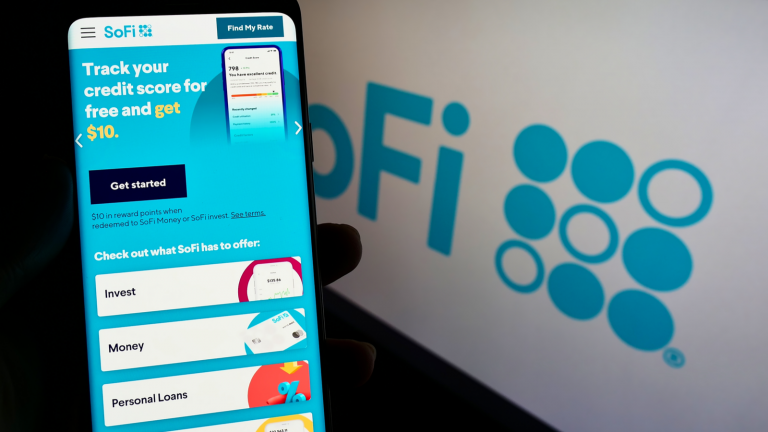Shares of SoFi (NASDAQ:SOFI) are in full-focus after a proxy statement revealed that the company may be contemplating a reverse stock split. At the July 12 annual stockholders meeting, investors will be allowed to vote on whether or not to grant SoFi’s board the power to enact a reverse stock split over the next year. To be clear, shareholders are not voting to enact a reverse stock split now but rather the power to grant SoFi’s board discretionary authority to do so.
A reverse stock split is when a company reduces the number of outstanding shares in order to boost share price. For example, envision that you own two shares of SoFi that are trading at $6. After a 1-for-2 reverse split, the price would change to $12 and you would only own one share. However, the market capitalization would remain the same, as well as all company fundamentals.
SOFI stock has declined by more than 55% year-to-date. Despite this, CEO Anthony Noto remains heavily convicted in his company. The CEO has purchased shares of SOFI on 14 separate occasions this year. His most recent purchase occurred on June 8 when he purchased 16,907 shares
at an average price of $6.64 per share.
With that in mind, let’s get into the details of the upcoming reverse stock split vote.
SOFI Stock: Reverse Stock Split Authority Vote Details
- SoFi has disclosed that a potential reverse split would reduce outstanding shares by a ratio of between 1-for-2 and 1-for-10.
- The fintech company listed three main reasons for a potential stock split.
- The first is to appeal to more investors. SoFi noted that a higher share price may make it more attractive to brokerage or institutional investors that are wary of low-priced stocks. A higher share price may also increase analyst coverage.
- Similar to the first reason, SoFi believes a reverse stock split will “improve the perception of SoFi Common Stock as an Investment Security.”
- The last reason is that an increased stock price may attract more talent and partnerships. Potential hires at SoFi may view a low stock price as a negative indicator.
- Finally, it should be noted that SoFi has not confirmed a reverse stock split yet. However, it appears the company’s management is open to the idea of one in the upcoming year.
On the date of publication, Eddie Pan did not hold (either directly or indirectly) any positions in the securities mentioned in this article. The opinions expressed in this article are those of the writer, subject to the InvestorPlace.com Publishing Guidelines.

